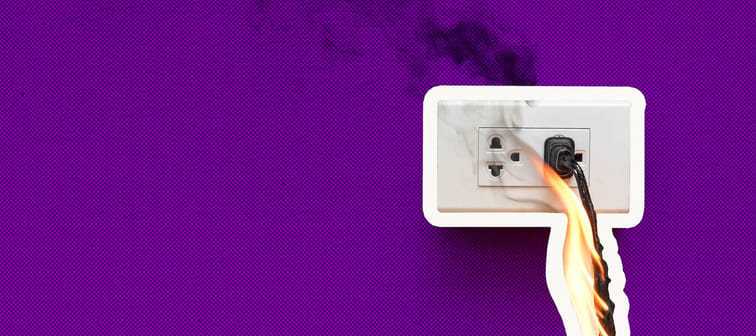1. Asbestos
If you're buying a house that was built before the 1970s, there is a chance that the roof, siding, and floor tiles could contain a highly dangerous material called asbestos. If you breathe in just one fiber, it can stick to your lungs and increase your chance of developing a form of lung cancer called mesothelioma.
According to House Logic, getting a home inspector to identify if your house contains asbestos can cost $400 to $800, and depending on how much of this nasty stuff the house has, it can cost $20,000 to $30,000 to pay a professional to remove it.
Asbestos can be in the exterior siding, roofing, flooring, and even the walls. Buying new materials will easily add another $20,000 or more to the overall cost of asbestos removal. To avoid asbestos entirely, consider buying a home that was built after the 1970s.
If you've already moved into your home and you're worried about the presence of asbestos, you could try looking online for a DIY at-home testing kit.
Stop overpaying for home insurance
Home insurance is an essential expense – one that can often be pricey. You can lower your monthly recurring expenses by finding a more economical alternative for home insurance.
SmartFinancial can help you do just that. SmartFinancial’s online marketplace of vetted home insurance providers allows you to quickly shop around for rates from the country’s top insurance companies, and ensure you’re paying the lowest price possible for your home insurance.
Explore better rates2. Septic system
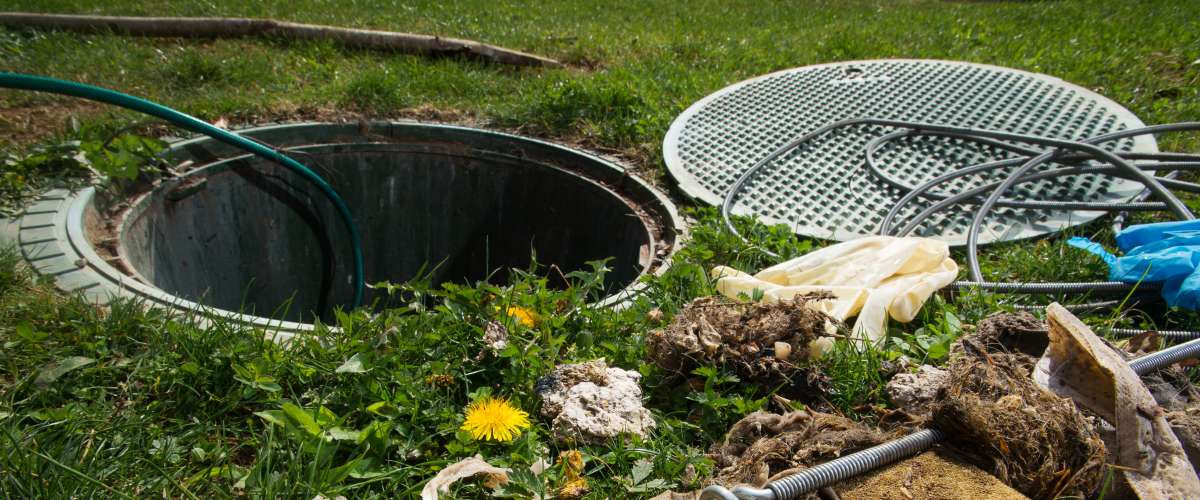
In cities and highly populated towns, your home will be connected to a sewer system maintained by your municipality and paid for though your taxes. However, if you're looking to buy a home in a rural area, it becomes the responsibility of the homeowner to buy and maintain their septic system.
If you move into an older home in a rural area, you may be surprised with a notice from the EPA that you are required to update your septic system in order to comply with their environmental standards, even if the plumbing works just fine.
For example, if my parents ever sell their house, the next buyer would be forced into $10,000 of work to build an updated septic system big enough to handle their six-bedroom house. For a house with three bedrooms, it costs anywhere from $1,000 to $4,000 to install a new septic system.
If you have a septic system, be sure you're using septic-safe toilet paper and never flush non-biodegradable items, such as tampons and baby wipes, down your toilet.
More: How to avoid house-flipping mistakes
3. HVAC
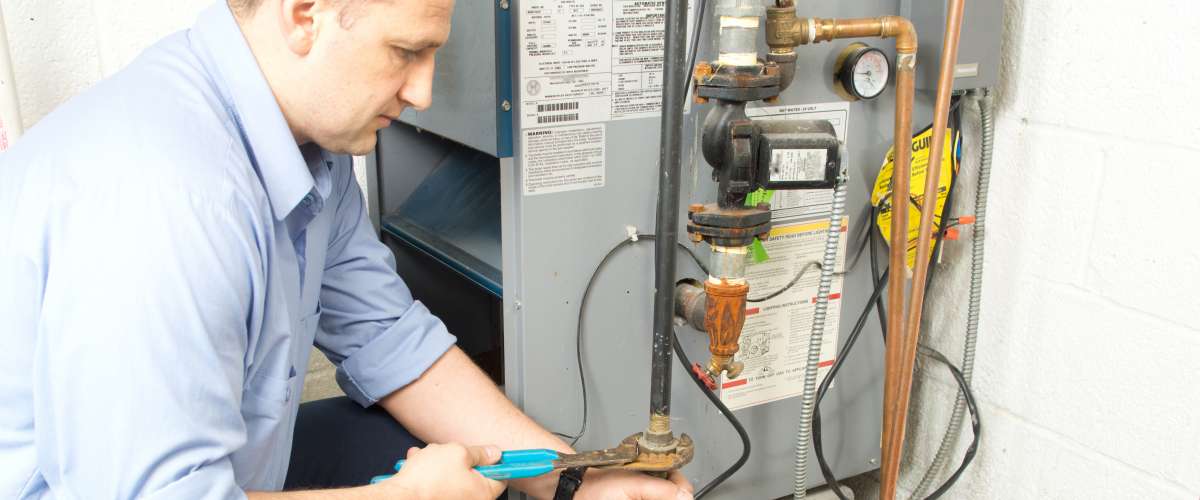
"HVAC" stands for "Heating, Ventilation, and Air Conditioning." You need a working HVAC system to stay warm in the winter and cool in the summer. There are many different parts to the system, so HVAC maintenance is similar to car repairs. Sometimes you get lucky and the repair isn't too bad, but at other times, you will be forced to pay thousands of dollars or potentially be forced into installing an entirely new system.
Many older homes don't have modern HVAC installed because they relied on oil-fuled boilers and window air conditioning units. For a 1,000 square foot home, a new HVAC system will cost anywhere from $6,000 to $12,000. A new furnace costs $2,500 to $7,500, depending on how large your house is.
Before buying the house, check how old the furnace is and inquire if there's a warranty. Be sure to pay for an inspection on the house before you close, and ask the inspector on their opinion on the shape of the system.
Maintain your HVAC system by changing your air filter with every season.
Need cash? Tap into your home equity
As home prices have increased, the average homeowner is sitting on a record amount of home equity. Savvy homeowners are tapping into their equity to consolidate debt, pay for home improvements, or tackle unexpected expenses. Rocket Mortgage, the nation's largest mortgage lender, offers competitive rates and expert guidance.
Get Started4. Tree removal
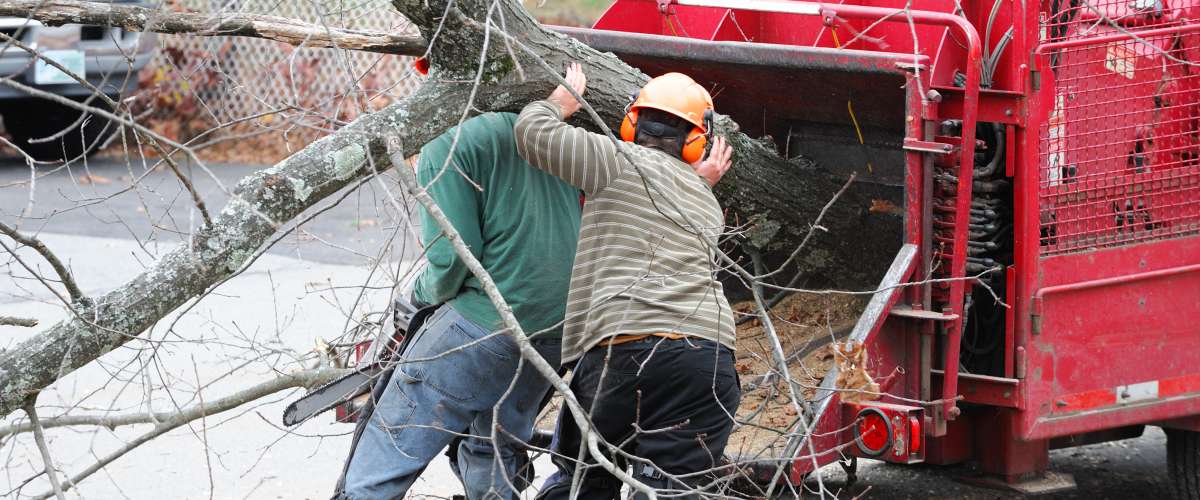
When you're walking around your new property, keep an eye out for dead trees. Dead trees can cause major problems, especially if you have branches that can potentially fall on your roof.
Even live trees can sometimes cause problems. Check for the location of tall trees, and ask yourself — if that was hit by lightning, could it fall on someone's house? If a tree causes damage to your neighbor's house, you've got a lawsuit on your hands that could cost tens of thousands of dollars, and it may or may not be covered by your home insurance policy.
Hiring a professional to remove a tree costs as little as $150, all the way up to $1,500 for just one tree. If you have multiple trees on the property that need to come down, the cost seriously adds up.
More: 7 ways to fight inflation on the home front
5. Mold
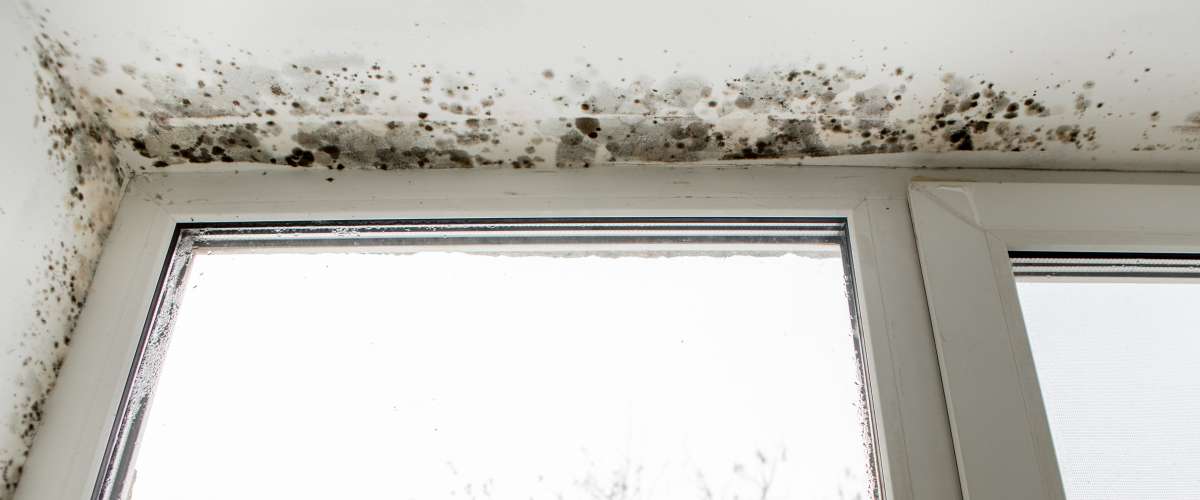
When you're walking around the house with a real estate agent, take a deep sniff. Go into the basement and attic, and take in a deep breath as well.
Does it smell musty? If so, it may mean that the house had a leak or some kind of water damage that caused mold to grow inside of the walls, where you can't see it.
Living in a house with mold can cause serious health problems, specifically asthma and allergies. If you have your suspicions about mold, bring in an inspector to check it out.
If the mold is so bad that it is inside of the walls in the whole house, it can cost up to $30,000 to get it all removed.
6. Foundation problems
There are several different types of foundation problems. Some of these issues are easy to fix for $500 to $2,000, but others become more complicated and can cost upwards of $11,000.
You can check for issues on your own by looking for doors that don't close properly, cracked drywall, cracks in the basement walls, floors that seem to slope, or gaps between the walls and ceilings.
On the bright side, this can help you negotiate the price down, and you could get lucky and pay less to repair it than the discount you get on the sale. Like all other things, it's best to bring in an inspector.
7. Water damage
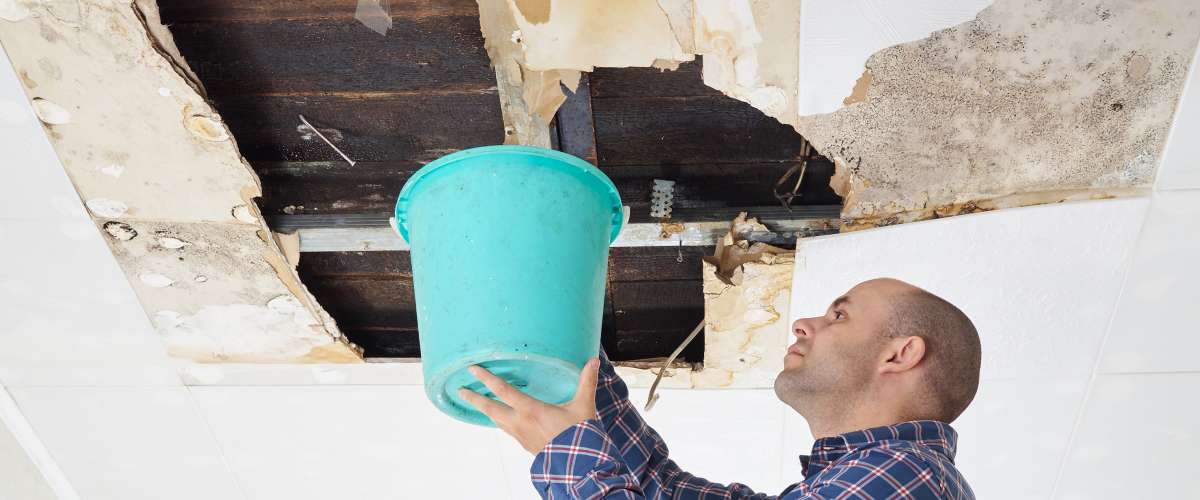
Water damage doesn't just cause mold. It can also pour onto electrical wiring, rot the floors and make huge holes in your ceiling, if the leak is coming from the roof.
Look for water damage spots on the ceilings of each and every room. Check if the rooms smell musty and look for water damage on the floors as well. Sometimes the damage has been repaired, but other times, patching something up does not necessarily mean the problem was solved. Don't be afraid to ask questions about anything that raises a red flag.
The cost of fixing the damage will vary dramatically depending on how handy you are at fixing things yourself and the extent of the damage.
You could fix something for only $100. Or, if the damage was caused by a flood from a hurricane, it could be as bad as needing to replace the insulation, the floorboards, structural beams, and flooring of a bathroom, which would cost closer to $2,000 or more.
8. Electrical problems
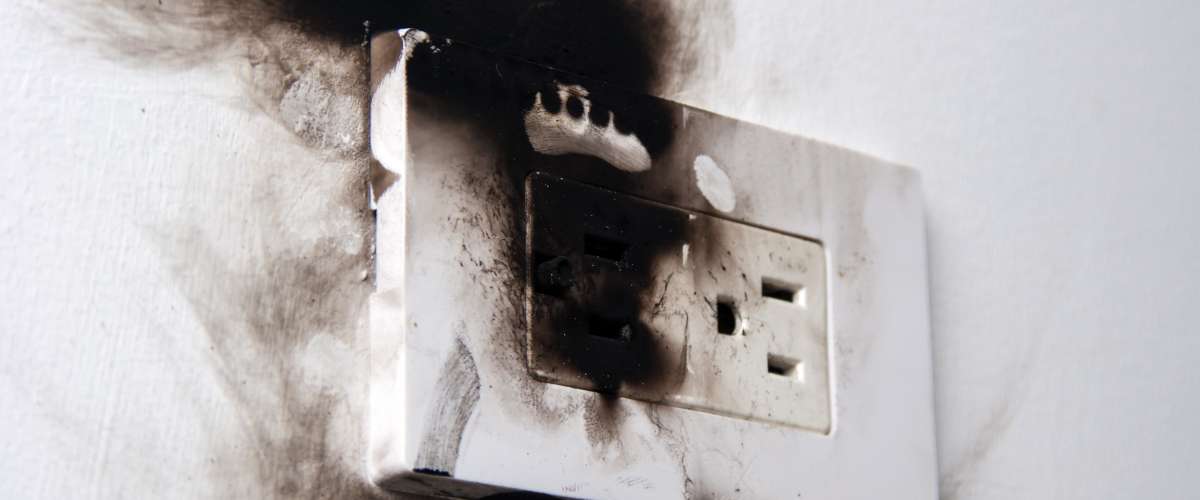
A lot can go wrong with a house's electrical wiring. If you buy an older historic home from the 1930s or earlier, it could still have knob-and-tube wiring, which has the potential to burst into flames.
Sometimes, wires are not grounded properly, which can cause electrocution.
A lot of people do their own DIY wiring, and you could find an absolute mess left over from the previous owner. Other times, the wiring is simply old and needs to be replaced.
An electrician can fix smaller problems for you for under $1,000, but if you're buying a historic fixer-upper, rewiring an entire house can cost $8,000 to $15,000.
9. Termites
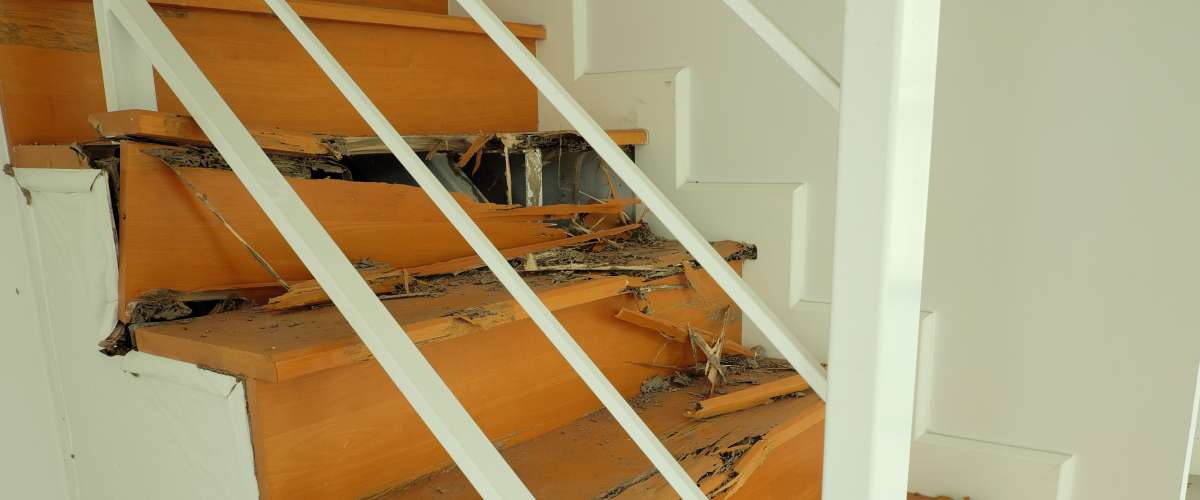
These tiny bugs can make their nests inside of the walls of a home, and if left unchecked they can chew holes through the wood holding up your house! The cost of repairs will change depending on how far the critters traveled and if the previous owner ever bothered to call an exterminator.
A small area of damage can cost $2,000 to fix, but major structural damage can cost up to $20,000.
When you're touring the house, check for signs of infestation, and don't be afraid to invest in an annual termite inspection once you own the house. It will cost $75 to $100 — a relatively small price for getting ahead of much more serious damage.
10. Roof
Having a good roof is extremely important to preventing water damage and insulating your house properly. You can hire a roofing inspector, but you can check for clogged drain pipes, missing shingles, or any visible sagging on your own.
Also, ask the previous owner or Realtor how old the roof is, because they typically only last for 30 years before they need to be replaced. Even if the roof appears to be in good shape now, if you learn that it is already 30 years old or older, you will know immediately that it's going to be a problem.
The cost of a new roof depends on if you can get away with a small patch-job or if the entire roof needs to be replaced. That can cost $10,000 to $30,000. Obviously, the price changes, depending on the square footage of the roof and the quality of tiles you buy.
You could even get a fancy Tesla Solar Roof that helps pay for your electricity, which is supposed to be “cheaper” than a traditional roof, but this is only after the tax credit and the savings in electrical cost are applied down the road.
If you've bought a money pit …
If you already purchased a home and now have uncovered it's a money pit, don't dispair. Make a list of the necessary renovations to ensure your home is safe, and then prioritize them.
Next you'll want to get quotes on the repairs you need. If you are looking for ways to finance your money pit, consider a personal loan, home equity loan or HELOC (if you have any equity built up in your home) or a cash-out refinance.
Sponsored
Follow These Steps if you Want to Retire Early
Secure your financial future with a tailored plan to maximize investments, navigate taxes, and retire comfortably.
Zoe Financial is an online platform that can match you with a network of vetted fiduciary advisors who are evaluated based on their credentials, education, experience, and pricing. The best part? - there is no fee to find an advisor.
